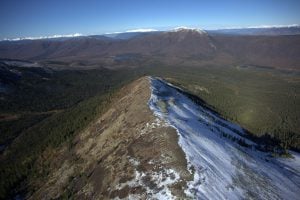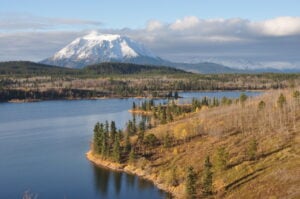Wolverines are undeniably affected by climate change and the U.S. Fish and Wildlife Service should move to protect it under the Endangered Species Act as soon as possible, an American judge has ruled.
The federal agency had proposed an endangered species listing for the wolverine in 2013, but withdrew the recommendation in 2014 – a move likely made under pressure from states that resisted the restrictions imposed by protected status, such as a trapping ban on the animal, said District Judge Dana Christensen on April 4.
“No greater level of certainty is needed to see the writing on the wall for this snow-dependent species standing squarely in the path of global climate change,” Christensen said.
“For the wolverine, that time is now.”
Research has found that if emissions remain high, snow depth will likely decrease by a factor of three to four in the U.S. pockets of Rocky Mountains that house the wolverines by the end of the 21st century.
In Canada, wolverine numbers declined substantially in the 19th century due to trapping for the fur trade. Today the animal is largely confined to northern environments, where populations are believed to be somewhat stable. However, industrial activity and road networks are increasingly fragmenting wolverine habitat within southern Canada.





